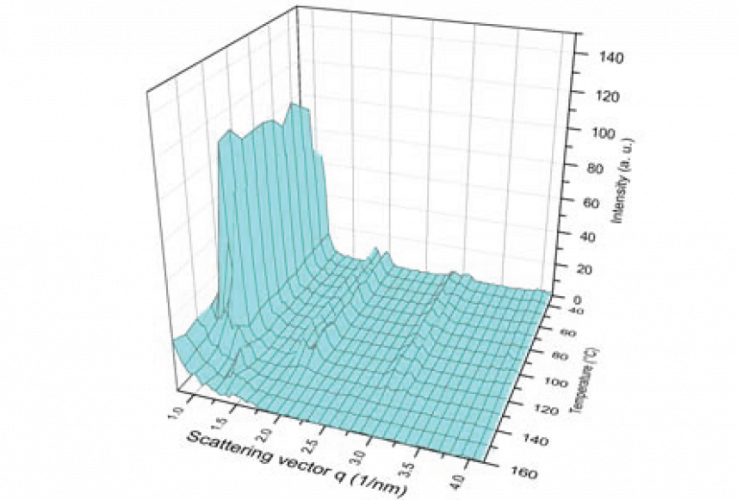
The temperature-induced decomposition of a thin film structure has been studied using the SAXSpoint system with the new temperature-controlled GISAXS stage.
Thin film structures of various materials are currently studied widely because of their interesting properties in research areas such as energy storage and conversion. Control of these interfacial structures is essential for the performance of such systems. The final structures are supposed to be stable even at extreme conditions, such as at elevated temperatures. It is important to study the structure and possible structural (phase) changes in dependence of the temperature.
Grazing-incidence small-angle scattering (GISAXS) is a highly sensitive and time-saving analysis method for the characterization of such thin films.










Breaking the 15MW Barrier with Next-Gen Wind Turbines
Hi Martin, a wind turbine blade functions very much like an airplane wing in a climb. Obviously in one case the air is moving and the other the air is...